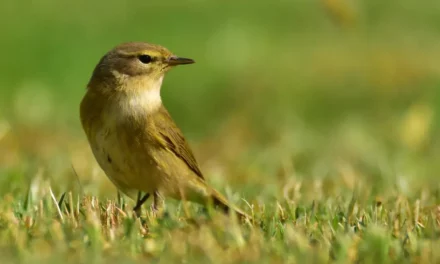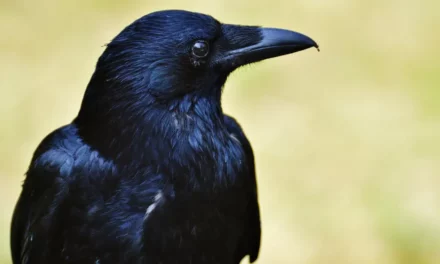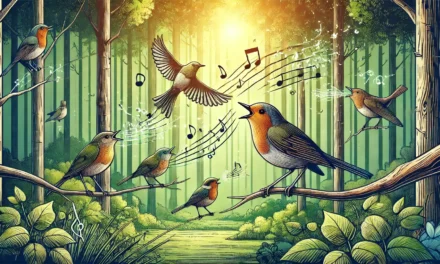What does the Sardinian warbler look like?
The Sardinian warbler is a striking bird with distinctive features. The male sports a black head adorned with red eyes, while its throat is a brilliant white. Its upper body showcases a gray plumage. In contrast, the female exhibits a gray head with a lighter brown plumage, making her appearance more subdued yet elegant.
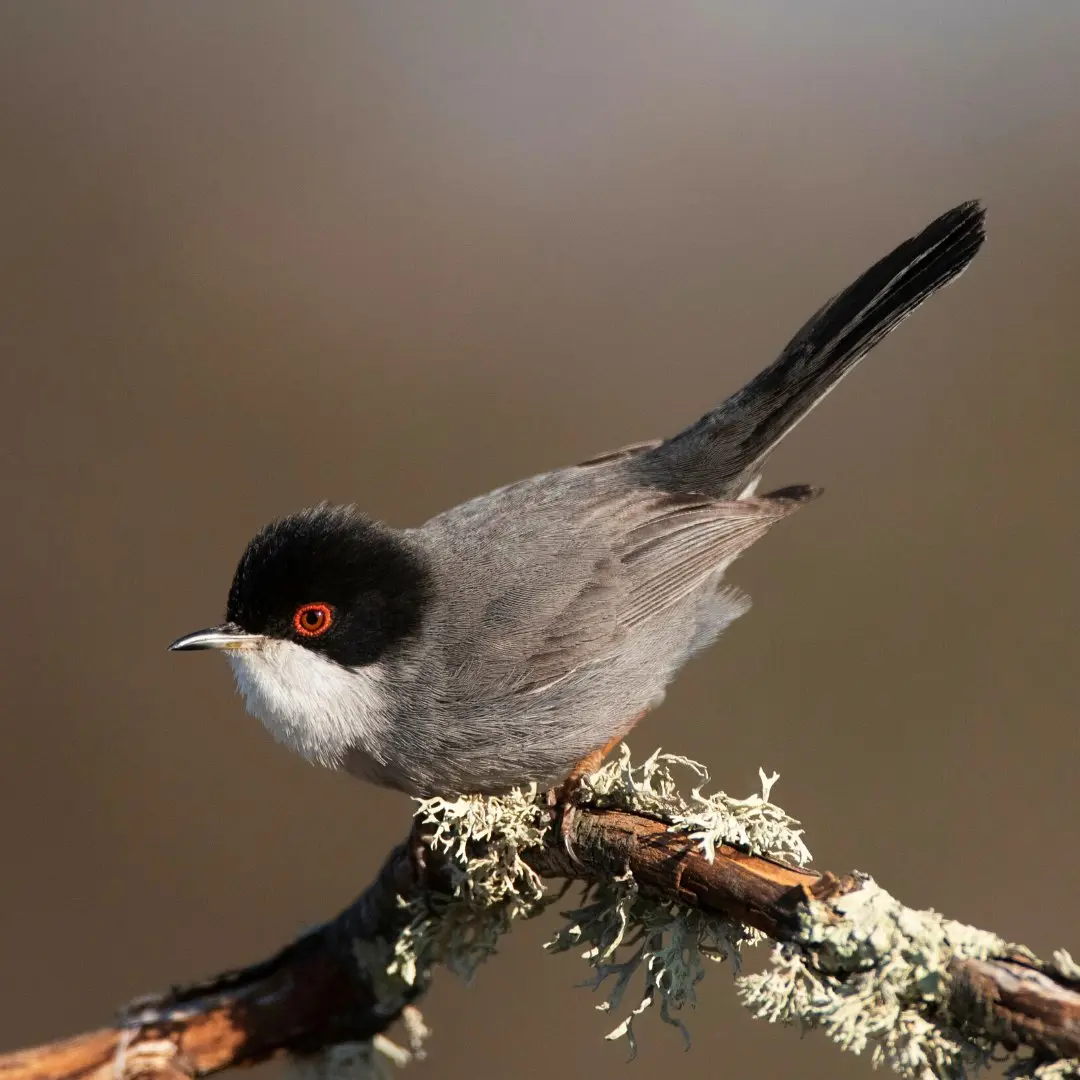
How does the Sardinian warbler behave?
The Sardinian warbler is known for its elusive nature. It is often hidden within dense bushes, making it a challenge to spot. Despite its reclusive behavior, it reveals its presence through a distinctive rasping call, a characteristic sound that bird enthusiasts often use to identify it.
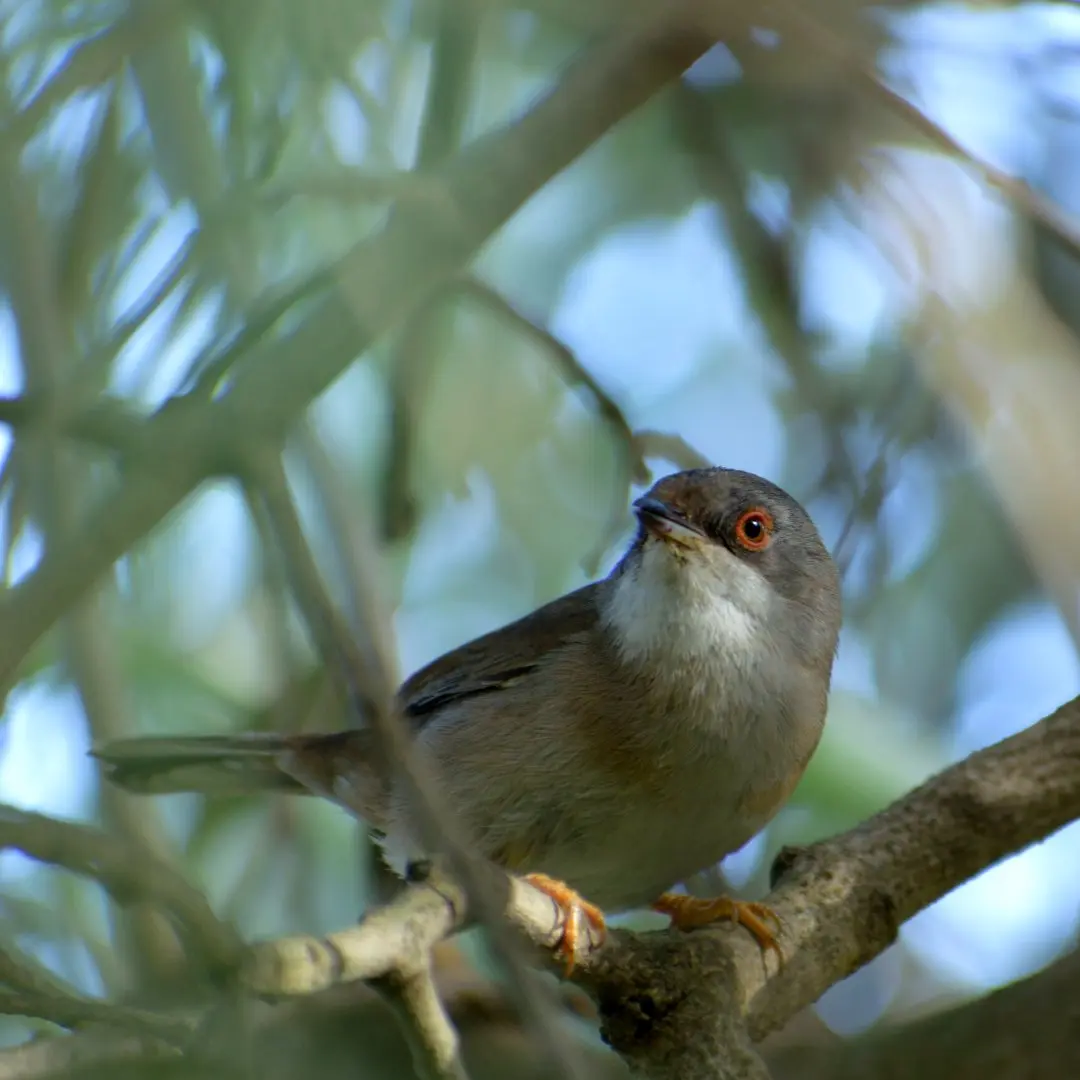
What are the Sardinian warbler's songs and calls?
This bird is recognized by its characteristic vocalizations. Its call is a typical rasping "trr-trr-trr". The song, on the other hand, is a rapid succession of brief and loud phrases, occasionally interspersed with rasping sounds. These distinctive sounds are a delight for birdwatchers.
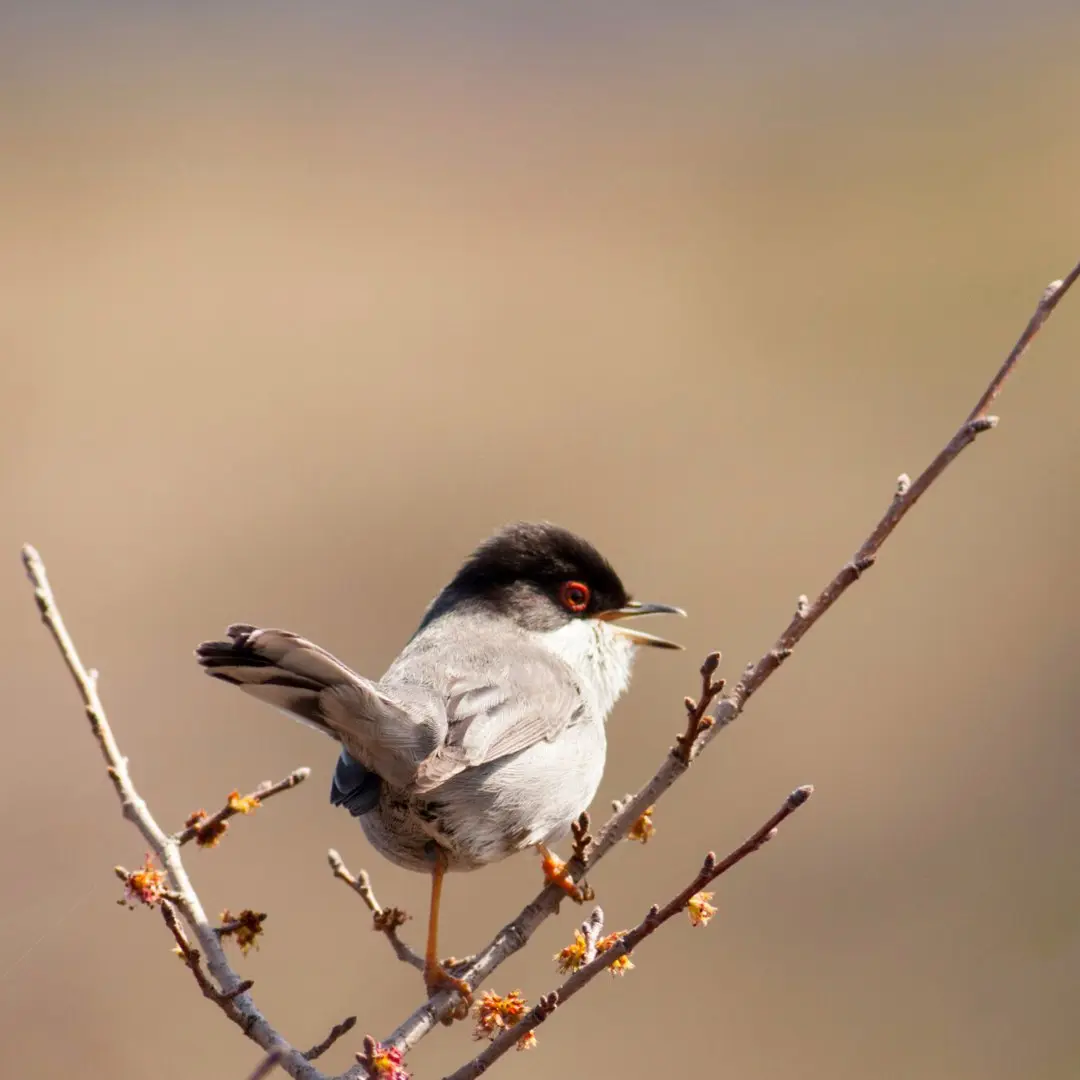
How does the Sardinian warbler reproduce?
The breeding season for the Sardinian warbler lasts from March to August. During this time, it produces 2 to 3 broods per year, each containing 3 to 5 dirty white eggs speckled with dark spots. The nest is a cup of twigs, nestled in bushes close to the ground. Interestingly, the male builds multiple nests, and the female selects one to settle in.

What does the Sardinian warbler eat?
The Sardinian warbler has a varied diet consisting of insects, fruits, and nectar. In spring, it is particularly known for hanging from almond blossoms to extract nectar. This behavior highlights its adaptability in finding food sources.
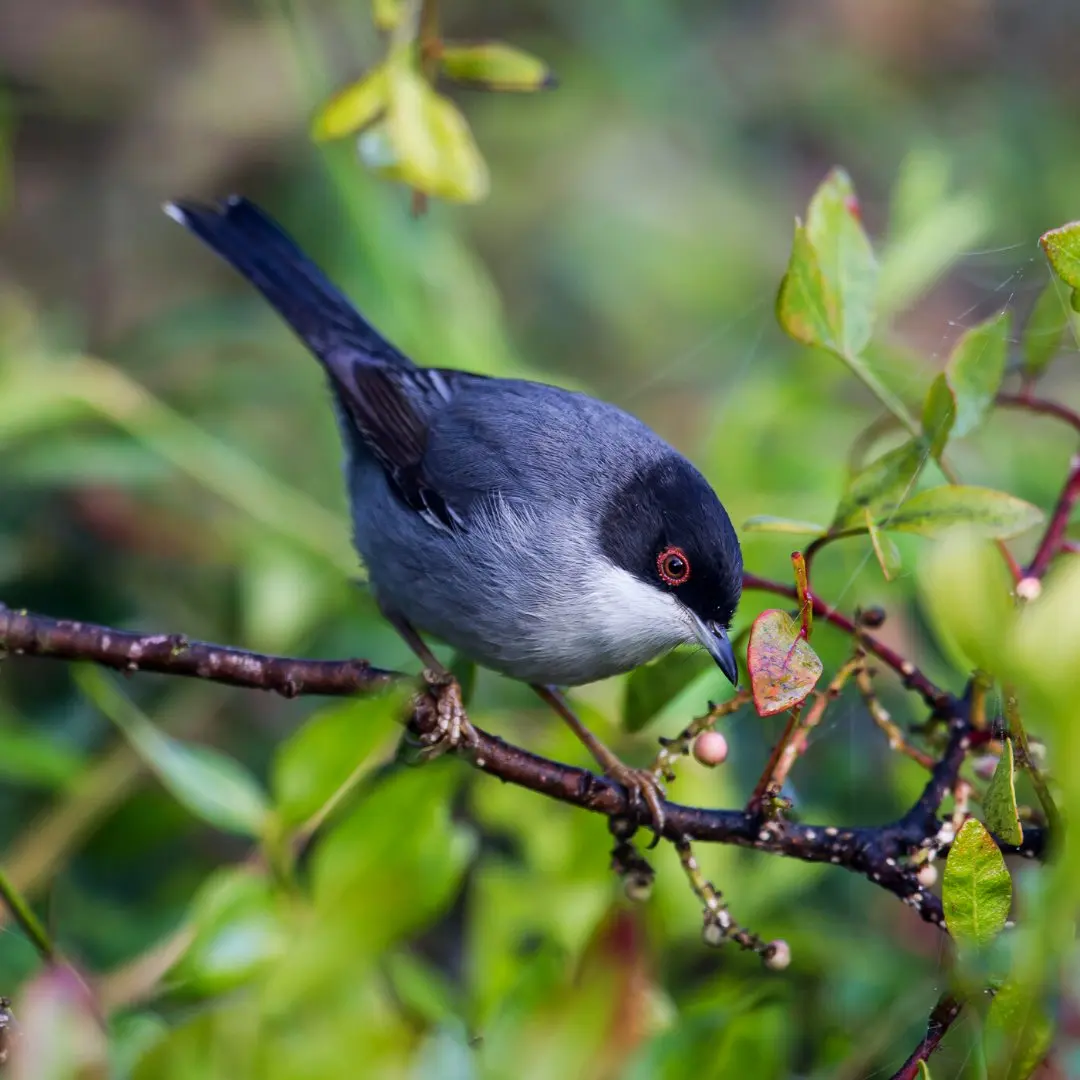
Where can you find the Sardinian warbler?
This bird is primarily found in the southeastern regions of France. It inhabits thick bushes, open forests with undergrowth, and olive groves. Additionally, it thrives in parks, gardens, and areas near human habitation. The Sardinian warbler is generally sedentary, though some short-distance migrations occur, especially in autumn when it may move further south.
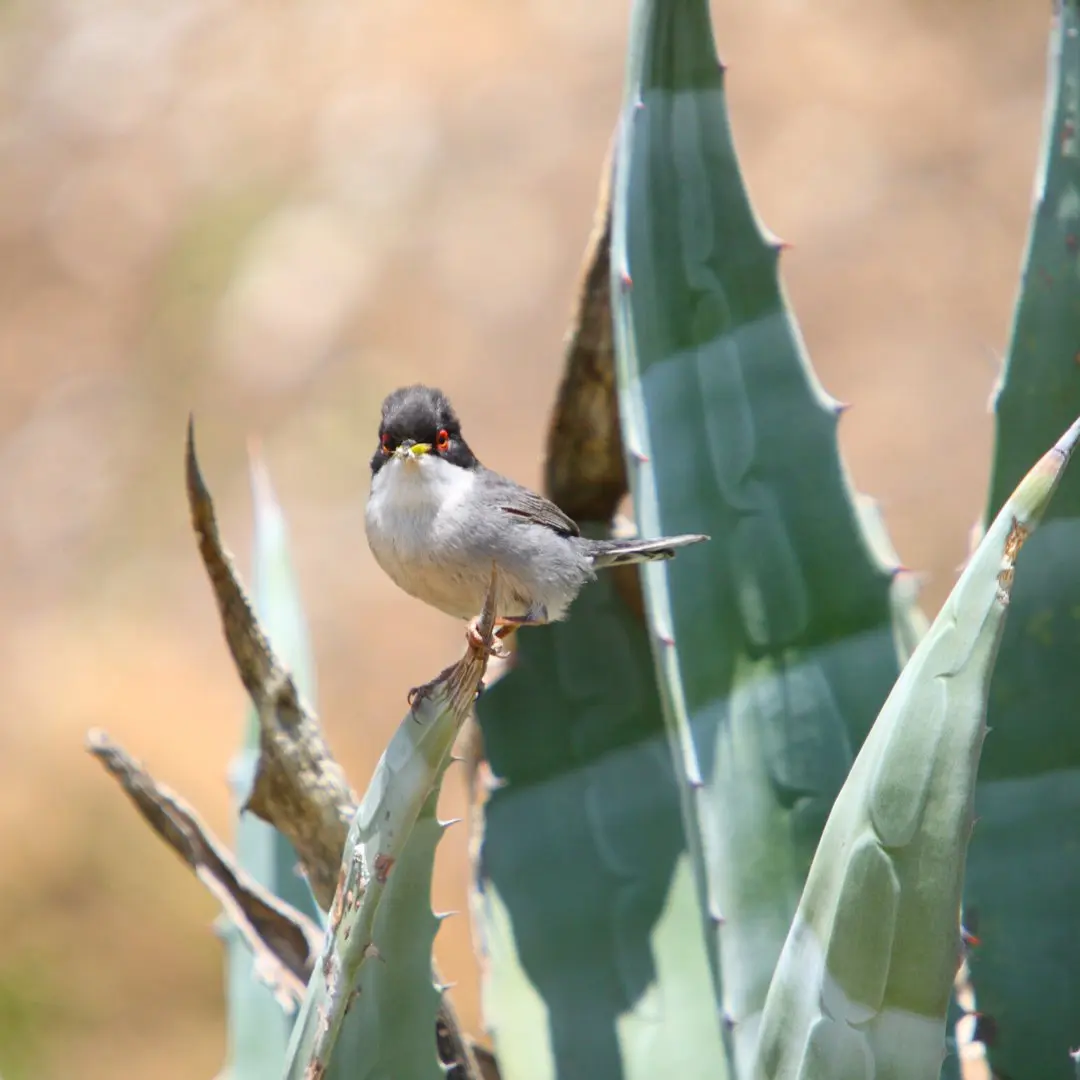
-


